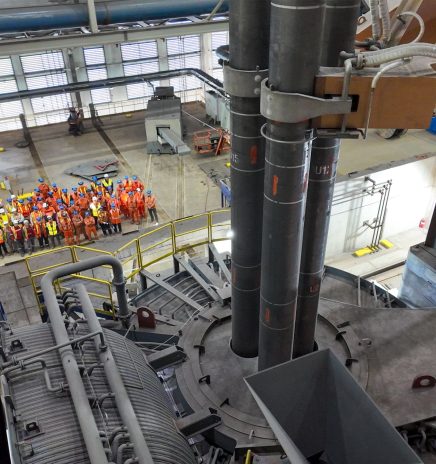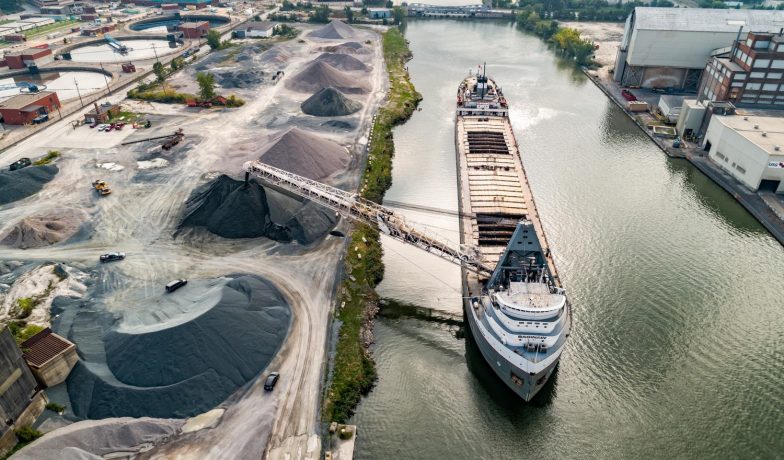Great-Lakes Seaway Cargo Rose by 7% in 2021
“This report paints a clear picture that the bi-national Great Lakes-St. Lawrence Seaway System supported the economic recovery and growth of many of our key industries in both Canada and the U.S. The navigation system delivered critical raw materials and products without any of the delay or disruption seen in other global markets,” said Bruce R. Burrows, president and CEO of the Chamber of Marine Commerce. “In today’s high-inflation business environment, it’s more important than ever that we focus our attention and investment on this unique inland marine highway as part of the solution to many of our national transportation and supply chain problems.”
The 2021 Great Lakes-St. Lawrence Seaway System Tonnage Activity report, the only data resource of its kind that annually collects and analyzes Canadian-flag, U.S.-flag and foreign-flag tonnage for the bi-national navigation system, provides an overview of the key cargo commodities and their underlying economic and business drivers.
The findings of the report show:
- Overall, cargo shipments on the binational navigation system totaled 149 million metric tons, up 7% over 2020. The results demonstrate significant progress in the system’s post-pandemic recovery — with total cargo reaching 94% of its pre-pandemic 2019 level.
- Iron ore continues to be the most traded commodity on the system, accounting for roughly a third of total cargo tonnage on the GLSLS. Canadian and U.S. ships carried iron ore from Minnesota and/or Quebec mines to support the resurgence of steel manufacturing in both countries, while pellets were also carried to Quebec ports for export overseas.
- Across the region, materials such as stone, cement and steel were in hot demand for housing and commercial/infrastructure-related construction projects in both Canada and the U.S.
- Canadian-flag ships carried 63.2 million metric tons of cargo, a slight decrease of 1.3% compared to 2020. This was still a strong performance, however, with total cargo carried reaching 98% of the five-year average. While commodities like general cargo, stone, steel, cement and overall dry bulk posted increases – these were offset by a 10% decrease in grain shipments following a much smaller Prairie harvest. Petroleum shipments also fell by 5.7% (after a 6.6% decline in 2020) due to continuing work-from-home trends and travel restrictions in 2021.
- U.S.-flag ships carried a total of 74.2 million metric tons (81.8 million net tons) – up 16.8% over 2020. Total cargo tonnage bounced back to 99% of its five-year average. Iron ore and coal shipments were up 12.4% and 43% respectively, recovering significantly from pandemic lows.
- Foreign-flag ships transported 11.6 million metric tons of cargo through the St. Lawrence Seaway to and from overseas destinations — matching 2020’s performance. Ocean-going vessels played an important role in importing specialty steel from Europe, other project cargo and exporting grain to overseas destinations.
Read the full report here.
Photo courtesy of Chamber of Marine Commerce/Lower Lakes Towing

Winding Down
As the Great Lakes-St. Lawrence Seaway System approaches its seasonal closure, the rhythm of maritime commerce slows. The Montreal–Lake Ontario section will cease transits after December 24, with all ships required to clear... Read More

Algoma Steel to Lay Off 1,000 Workers, Close Blast Furnace
Algoma Steel plans to lay off about 1,000 workers and close its blast furnace and coke making operations in early 2026. Algoma cites the high tariffs imposed by U.S. President... Read More



